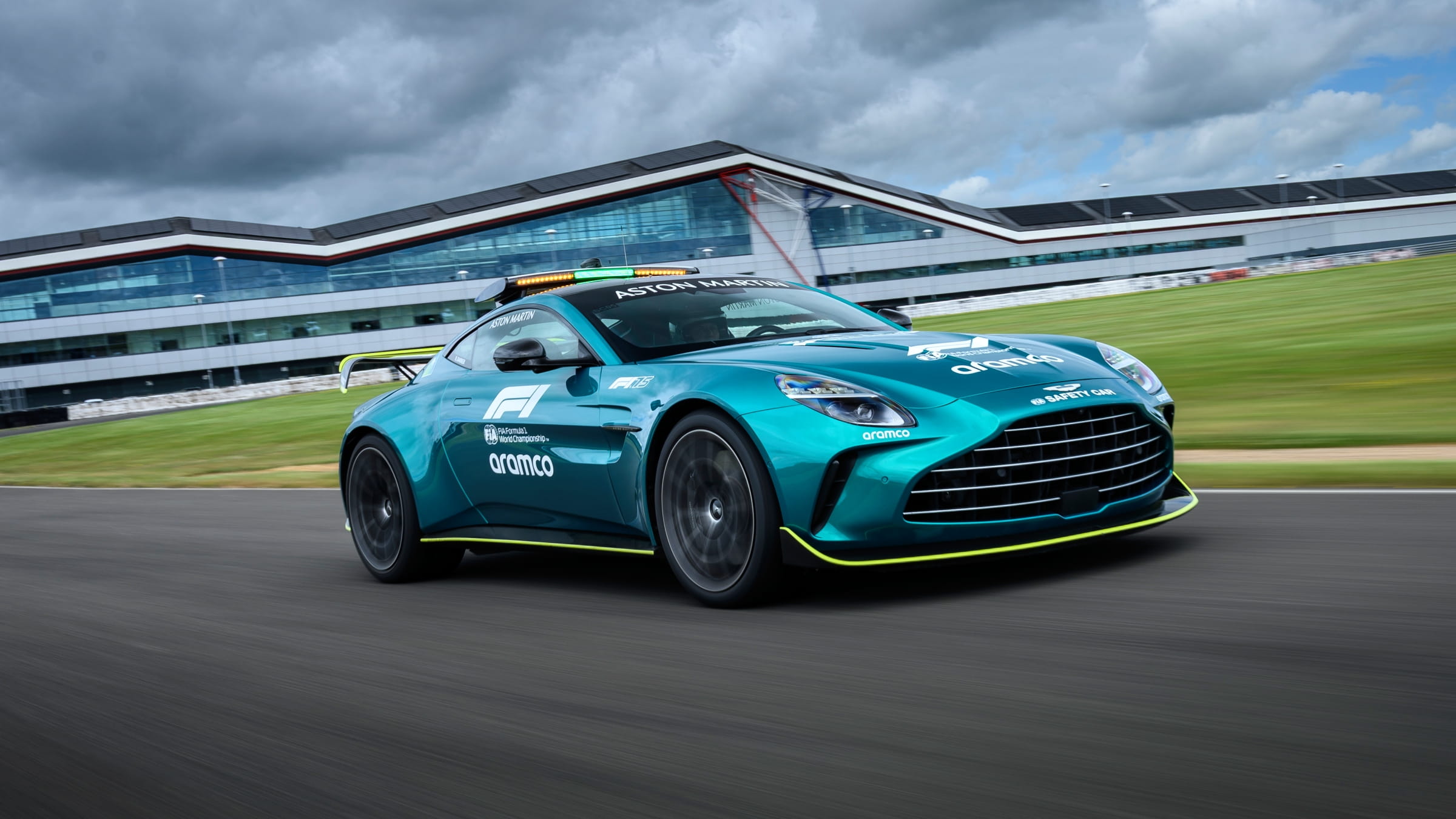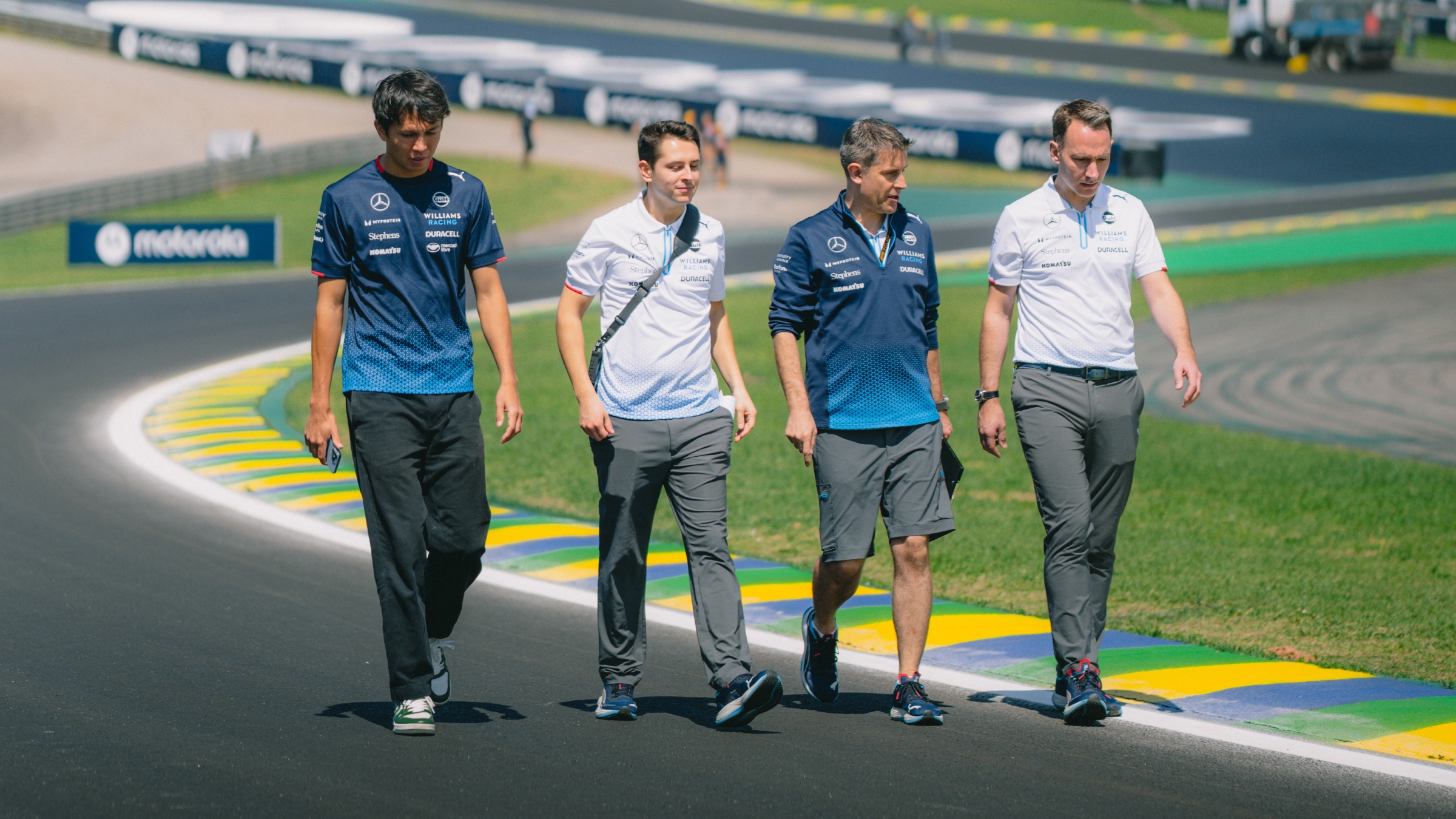Event
The Formula 1 engineer’s guide to the 2025 Belgian Grand Prix at Spa-Francorchamps
by Raceteq
3min read
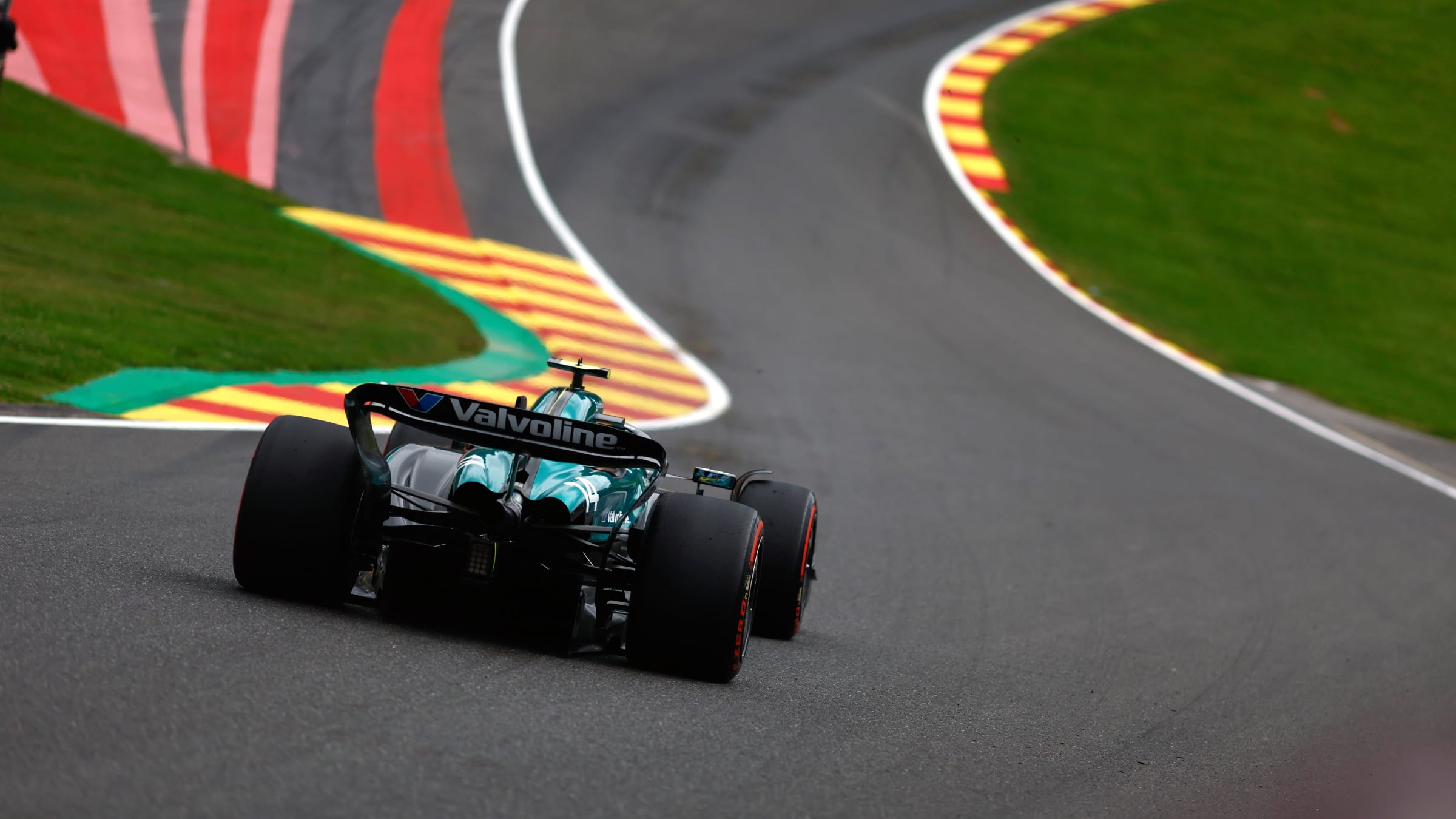
Formula 1, Formula 2 and Formula 3 converge on Belgium’s Spa-Francorchamps on July 25-27, 2025, to race on the longest circuit on the calendar.
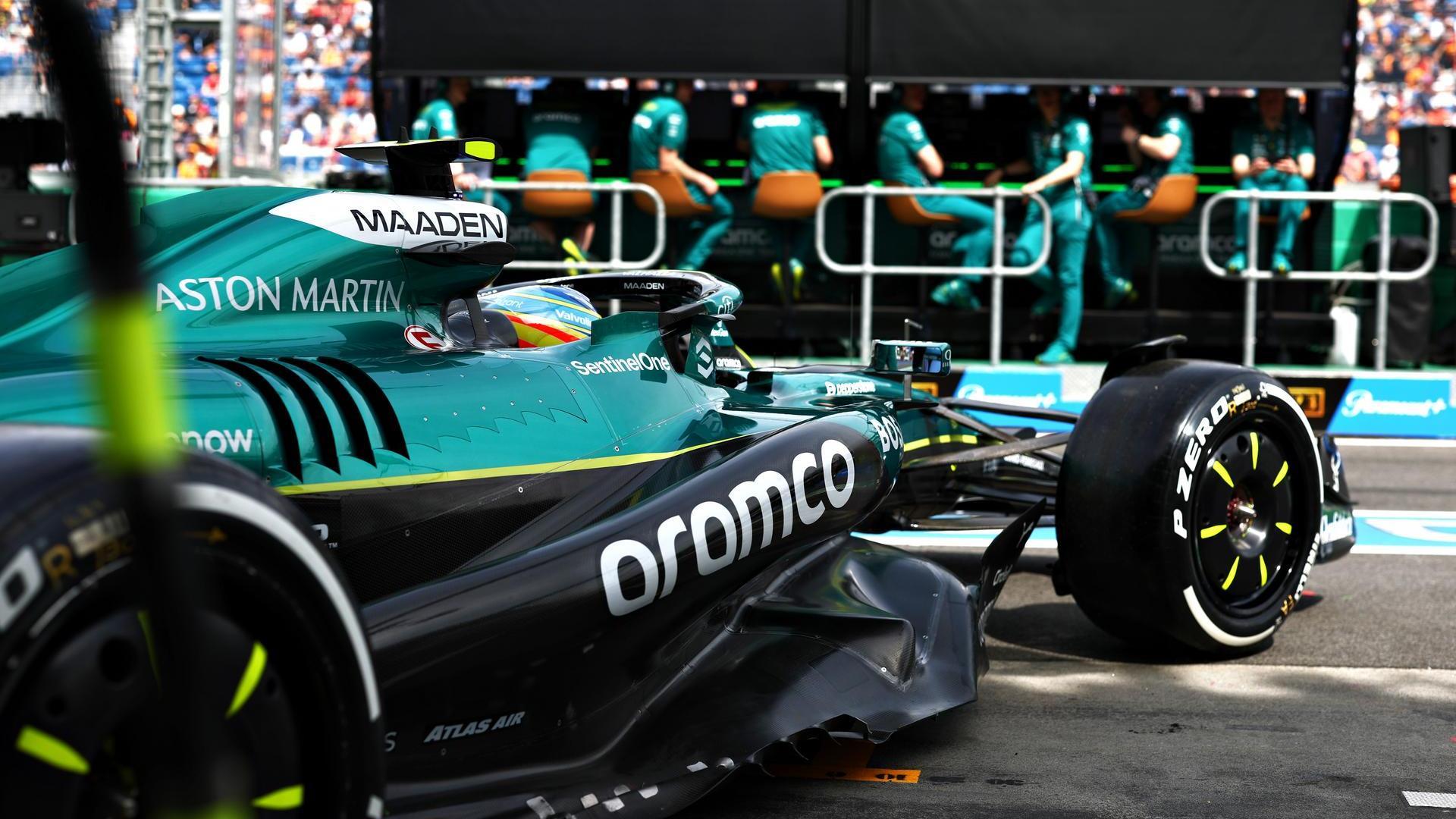
Sign up for a newsletter and we'll make sure you're fully up-to-date in the world of race technology
Spa-Francorchamps has hosted F1 grands prix since 1950, but back then the lap covered 14 km of Ardennes forest. Now, it’s ‘only’ half that at just over 7 km - but still a high-speed challenge for teams.
In 2025, the F1 sprint format returns to Belgium, so teams get just one practice session before sprint qualifying, sprint, race qualifying, and the Belgian Grand Prix itself.
As the succession of fast corners at Spa-Francorchamps put above-average stress on the tyres, Pirelli has brought its hardest compound - the C1 - to the track as the hard tyre. The medium is the C3 and the soft is the C4.
Aston Martin Aramco Formula 1 Team deputy performance engineer Tim Wright explains how engineers aim to get the most out of Belgium’s historic circuit.
Circuit de Spa-Francorchamps, Belgium
Length: 7.004 kilometres
Number of laps: 44
Number of turns: 19
“This is a circuit that’s not dissimilar to Silverstone. It’s a circuit where efficiency is key - maybe one of the top-five most demanding circuits in terms of efficiency.
“There are two really, really long fast sections on both sides of the circuit. The first is the Kemmel Straight after Eau Rouge and Raidillon and the second is the winding complex through Paul Frere and Blanchimont, just before the final chicane.
“Therefore, you have to run a very low wing level and be on low downforce - not the lowest of the year - but something close to Miami and Azerbaijan; a step up from Monza.
“There are some very important high-speed corners that are met by crucial low-speed sections including the first corner (La Source) and the last chicane (Bus Stop).
“That last chicane has some of the highest warp - in which frequent elevation changes through corners stop the tyres from being on a stable platform - of the season. It’s as bad as Monaco.
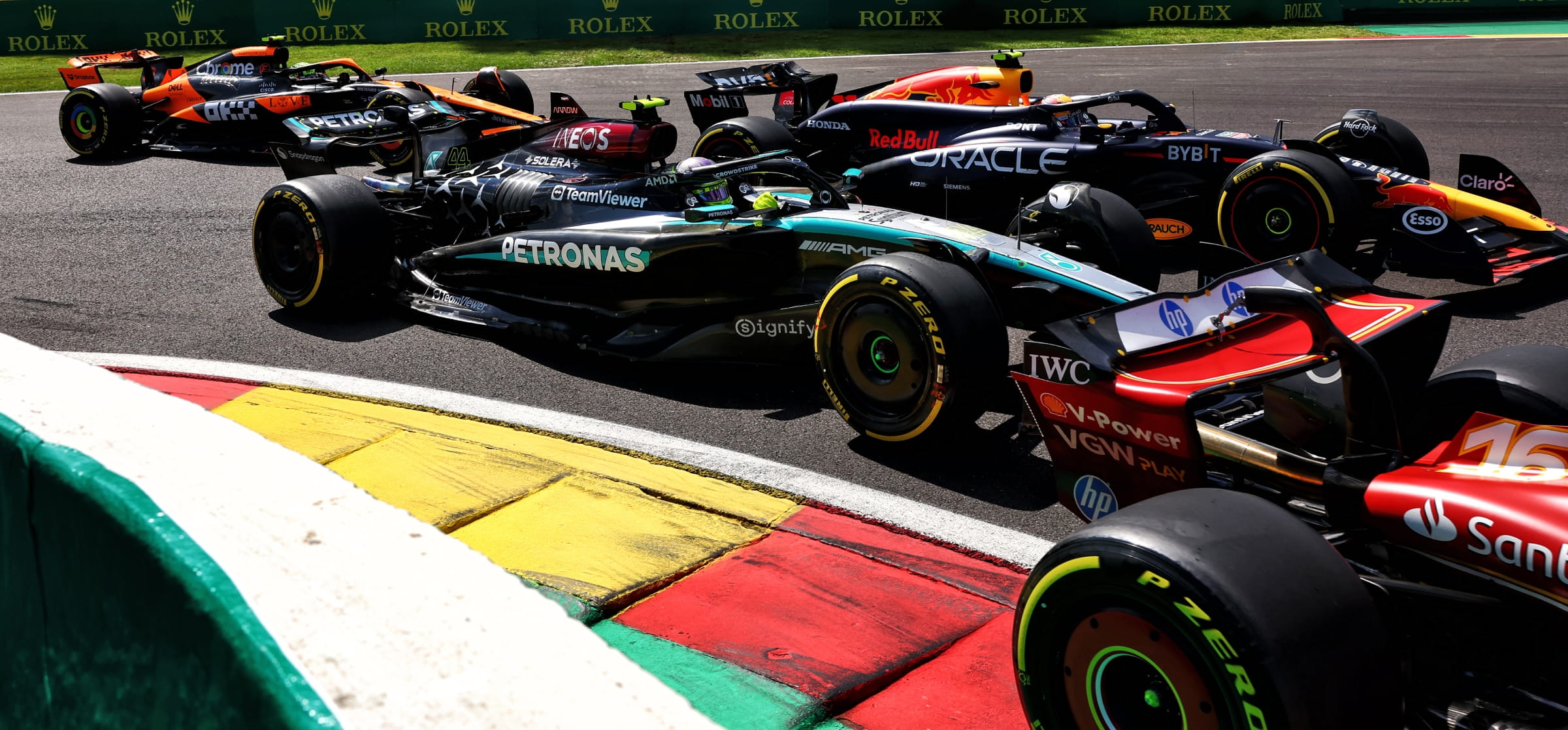
Cars round Turn 1 (La Source) at the start of the 2024 Belgian Grand Prix
“So, if I was just driving from the chicane at the end of the lap to the exit of Turn 1, I would probably just run a Monaco set-up: maximum downforce and cope with lower speed on the straight.
“I would want to be able to monster the kerbs and work around the warp, with great traction out of Turn 1.
“Of course, you’d then have a disastrous remainder of the lap, which is why teams are forced to run a low-downforce set-up and make that trade.
“You need an efficient car because that’s going to give you laptime on the straights, but you’ve got grip-limited phases that you have to deal with. And the problem is, those grip-limited phases can cost you laptime - but as a proportion of the lap, they are relatively small.
“Spa is one of the lowest circuits in terms of proportion of off-throttle time and time on grip-limited sections - but they’re crucial. So it’s a really difficult circuit to tackle.”
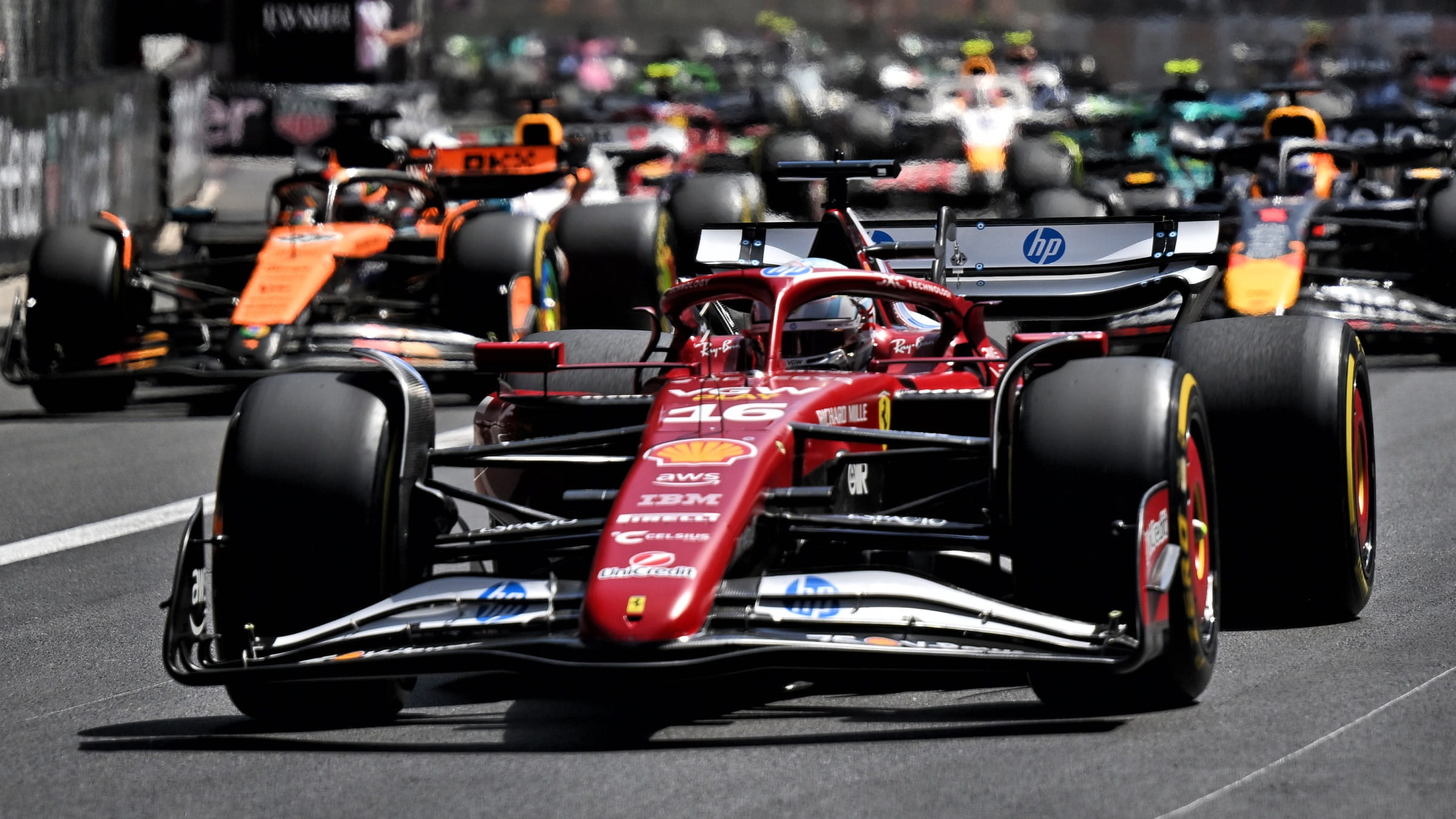
.jpg?cx=0.5&cy=0.5)
